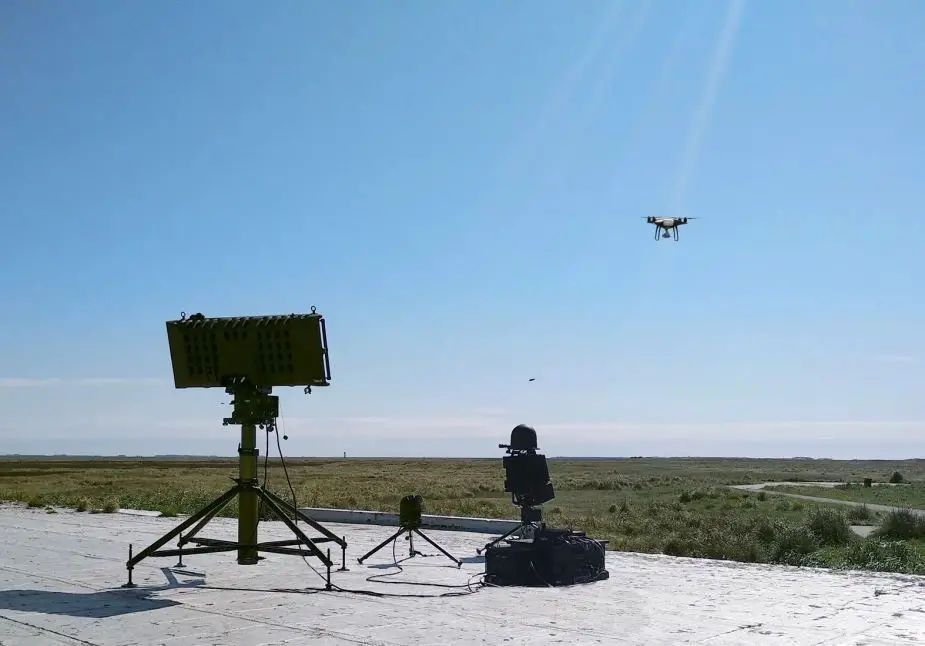Breaking news
ELTA Systems demonstrates their C-UAS capabilities during a NATO exercise.
At the invitation of the Portuguese Navy, ELTA Systems, a subsidiary of Israel Aerospace Industries, participated at NATO’s REP (MUS) 19 Exercise in Portugal where ELTA demonstrated its Counter Unmanned Aircraft System (C-UAS) Drone Guard (ELI-4030).

ELTA Systems C-UAS system (Picture source: IAI )
The exercise focused on harbor protection: the use and integration of surface, underwater and air unmanned systems including anti-submarine warfare (ASW) in harsh combat simulated scenarios. Approximately 800 personnel from NATO nations participated in observing major defense companies demonstrating their solutions.
The Drone Guard passed a rigorous evaluation of its specifications by the Portuguese Navy and was qualified to participate in the NATO exercise for protecting harbors against hostile drones, UASs, USVs and other airborne and surface threats.
The Drone Guard system performed flawlessly during the event. The system provided an advance and innovative awareness display of integrated surface and air situation picture while simultaneously auto classifying different types of targets.
Drone Guard, which sold hundreds of units around the world to date, features an integrated sensor system developed at ELTA and includes: 3D X-band radar that detects and tracks hostile drones, dedicated COMINT system that classifies the drone by its transmission (using the information to verify the target and reduce false-positive rates), an EO/IR camera used to classify the detected object and a Jammer that neutralizes the object from causing harm. The Drone Guard is the ultimate solution in providing protection and early warning against low and slow flying objects.
At the exercise, the Drone Guard was set up to detect and track simultaneously high and low flying airborne threats from both the land and sea with 360-degree coverage. With regional threats deriving from both large and small actors, the exercise’s intent was to show extreme scenarios that could occur in the present as well as in the future and how NATO can respond.
Portuguese special forces ran the exercise by releasing single drones and a swarm of drones including very small drones similar to Mavic Pro quadcopters. The drones, controlled by the forces on rubber boats, simultaneously attacked the harbor from both the land and sea. The Drone Guard effectively detected and tracked them at long ranges and automatically classified the threat. The system successfully intercepted and neutralized the drones through jamming and brought them to the ground. The exercise included a night operation whereby the system had to detect and track tactical UAVs and USVs which it accomplished at long ranges.
"C-UAS units must be able to detect and classify both hostile as well as civilian drones that mistakenly enter sensitive areas as they too can cause unintended damage to a facility's infrastructure," mentioned Abish Asher, Regional Director of Marketing and Sales at ELTA, to media outlets covering the event. The Drone Guard was successful in providing a protective dome around the harbor against the tested air threats. The Portuguese Navy expressed their appreciation and satisfaction with the Drone Guard's results.


























